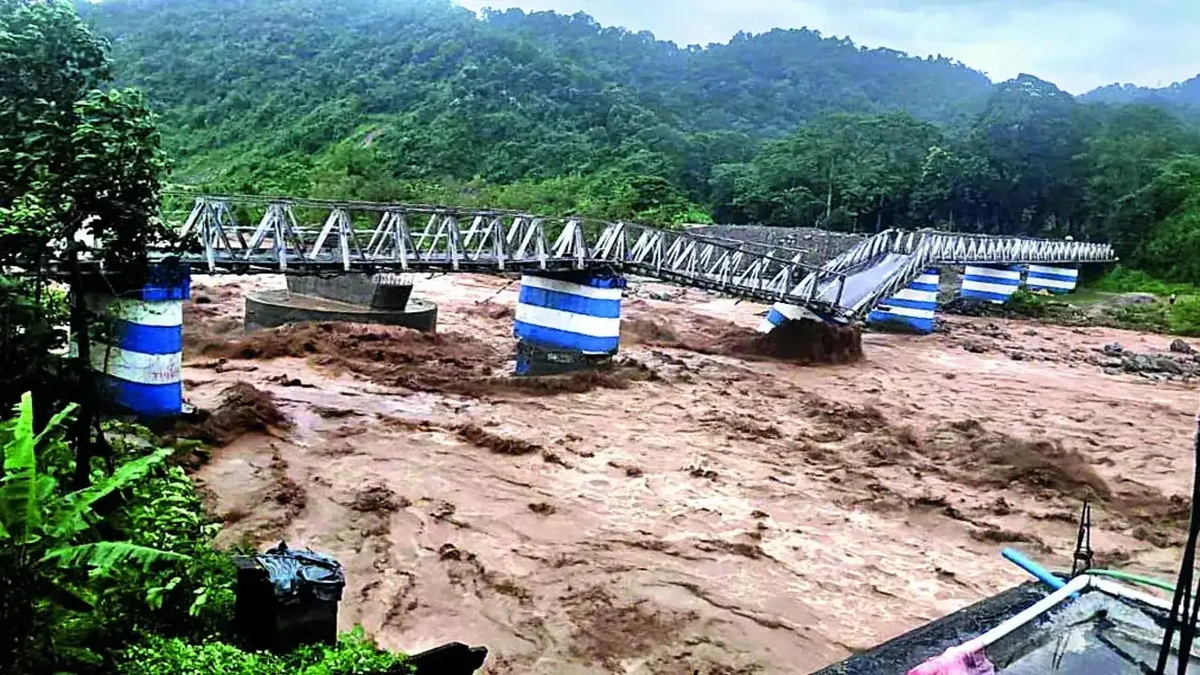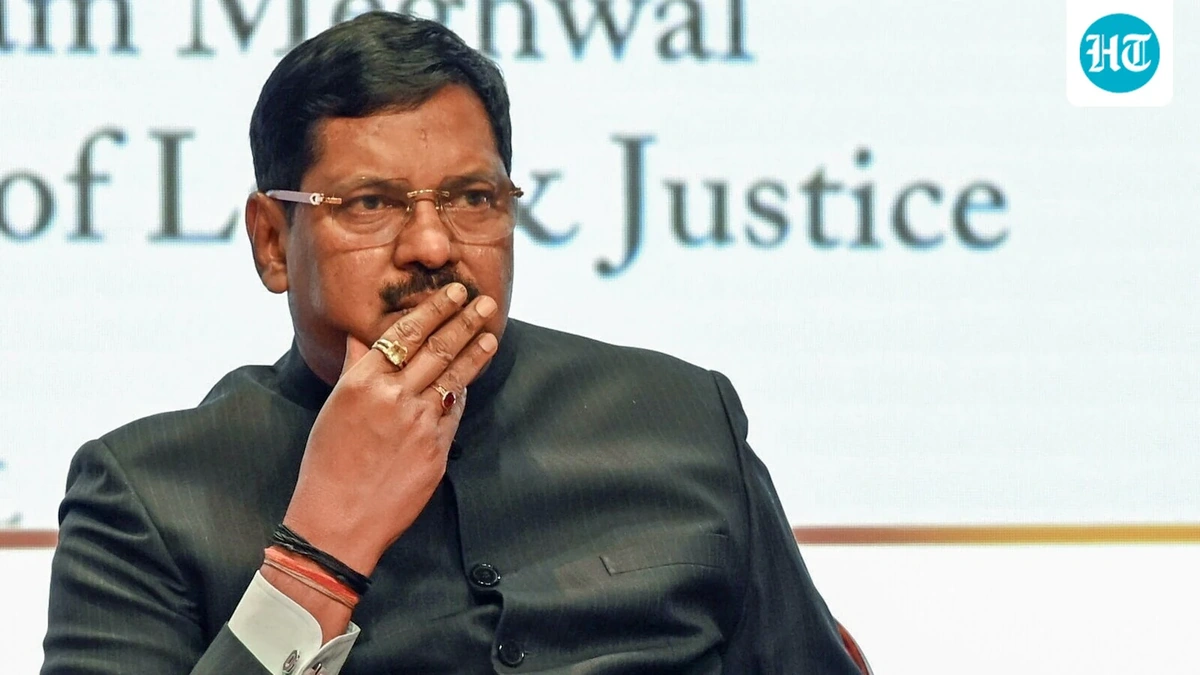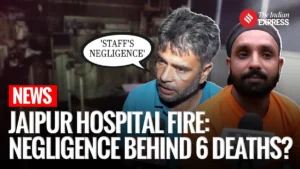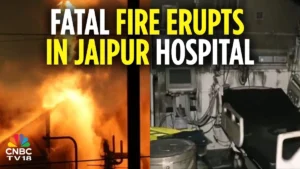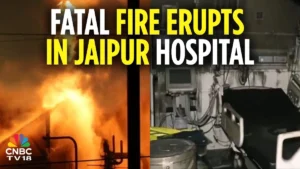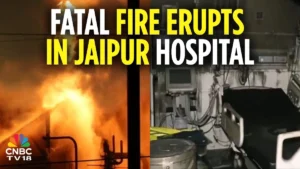Deadly Floods in North Bengal Claim 24 Lives; Families Stranded
The images coming out of North Bengal are truly heartbreaking. But beyond the immediate devastation, there’s a deeper question we need to ask: why are these floods happening with such increasing frequency and intensity? And more importantly, what can be done to protect vulnerable communities? Let’s dive into the layers of this crisis, because this isn’t just a news story; it’s about the lives and livelihoods of real people.
Understanding the Root Causes of North Bengal Floods
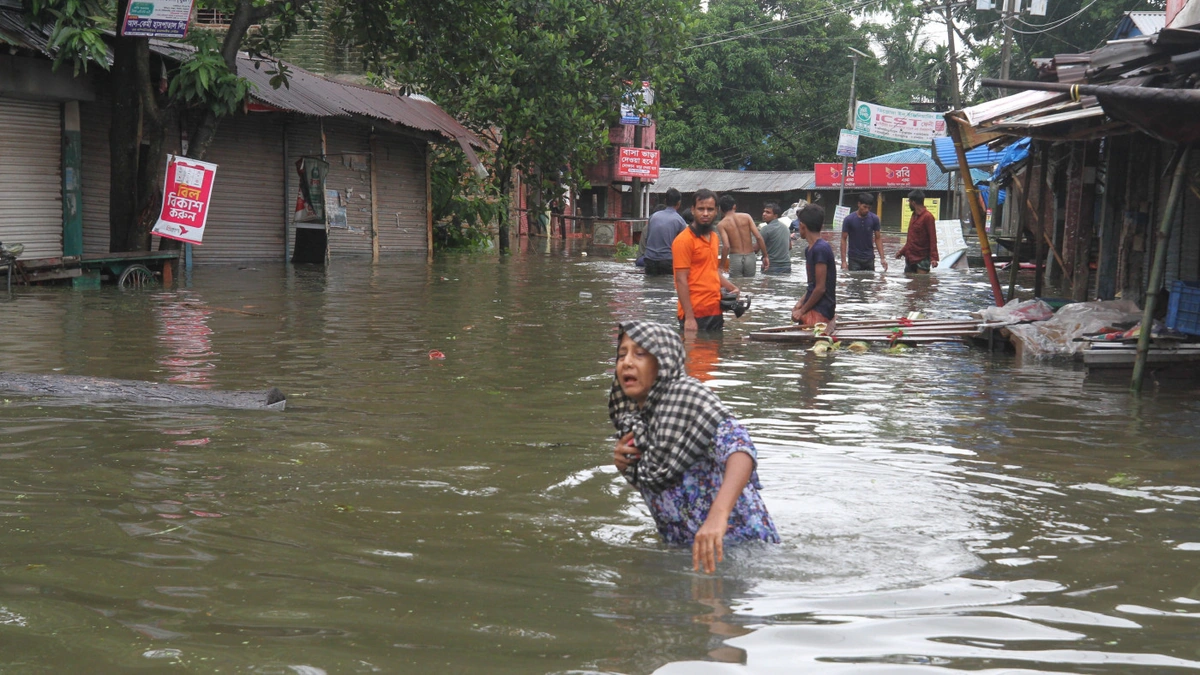
It’s easy to blame the rain – and yes, the monsoon has been particularly ferocious this year. But the truth is, the North Bengal floods area result of a complex interplay of factors. Deforestation in the upper reaches of the Himalayas, for instance, plays a significant role. With fewer trees to hold the soil together, rainwater rushes down the slopes at an accelerated pace, overwhelming rivers and causing widespread flooding. Then there’s the issue of unplanned urbanization. Construction along riverbanks and in low-lying areas obstructs natural drainage channels, exacerbating the impact of heavy rainfall. Add to that the effects of climate change – rising temperatures leading to more erratic and intense rainfall patterns – and you have a perfect storm of conditions that make North Bengal increasingly vulnerable.
But, let’s be honest, pointing fingers isn’t going to solve anything. We need to understand the specific vulnerabilities of the region to design effective solutions.
The Human Cost | Stories from the Ground
Twenty-four lives lost. Families stranded. Homes submerged. These are not just statistics; they represent individual tragedies. Think about the farmer who has lost his entire crop – his sole source of income for the year. Consider the family forced to evacuate their home with only the clothes on their backs. These are the stories that often get lost in the headlines, but they are the heart of this crisis. TheWest Bengal governmentis doing what it can, providing relief and rescue operations. But the scale of the disaster is immense, and the needs are overwhelming. Beyond the immediate relief efforts, long-term rehabilitation and support are crucial to help affected communities rebuild their lives. And honestly, that’s where the real challenge lies.
Here’s the thing: floodwaters recede, but the trauma and the economic devastation linger. It is necessary to look into relief measures being provided.
Practical Steps for Flood Preparedness (and What You Can Do)
Okay, so what can you do? It might feel like a drop in the ocean, but every little bit helps. Educate yourself about flood risks in your area. If you live in a flood-prone zone, develop a family emergency plan. This includes identifying evacuation routes, assembling a disaster kit (with essentials like food, water, and first-aid supplies), and ensuring that everyone in your family knows what to do in case of a flood. A common mistake I see people make is underestimating the speed at which floodwaters can rise – never underestimate the power of nature. Support organizations working on flood relief and disaster preparedness. Even a small donation can make a big difference in the lives of those affected. And most importantly, advocate for policies that promote sustainable development and climate change mitigation. Because ultimately, preventing future floods requires a collective effort.
I initially thought this was straightforward, but then I realized…we have to be proactive. The importance of disaster management has never been so dire.
Long-Term Solutions | Building a More Resilient North Bengal
The long-term solution involves a multi-pronged approach that addresses the root causes of the problem. This includes: Reforestation efforts in the Himalayas to restore the natural water cycle and reduce soil erosion. Improved urban planning to ensure that construction is done in a sustainable manner that minimizes flood risks. Investment in flood control infrastructure, such as embankments and drainage systems. And perhaps most importantly, addressing climate change through global efforts to reduce greenhouse gas emissions. Let’s be honest, these are not quick fixes. They require sustained commitment and investment over many years. But if we want to protect North Bengal from future disasters, we have no other choice. The issue of climate change impacts on the region is alarming.
What fascinates me is how interconnected everything is – from deforestation in the mountains to urban sprawl in the plains. These issues may seem separate, but they’re all part of the same complex web.
FAQ | Your Questions About North Bengal Floods Answered
What areas are most affected by the flood situation ?
The districts of Cooch Behar, Jalpaiguri, and Alipurduar are the worst affected.
What kind of government assistance is available for affected families?
The government is providing food, shelter, and financial assistance to affected families.
How can I donate to flood relief efforts ?
You can donate to reputable organizations like the Red Cross or local NGOs working in the area.
What if I’ve lost important documents in the recent floods ?
Contact your local authorities for assistance in obtaining duplicates.
How can I stay updated on the flood updates ?
Follow reliable news sources and official government channels for updates.
What are the long-term plans for flood mitigation in North Bengal?
Plans include reforestation, improved drainage systems, and sustainable urban planning.
The situation in North Bengal is a stark reminder of the challenges we face in a world increasingly impacted by climate change. But it’s also a call to action. By understanding the root causes of the problem, supporting affected communities, and advocating for long-term solutions, we can build a more resilient future for North Bengal – and for the world.
And that’s not just a nice thought; it’s a necessity.
